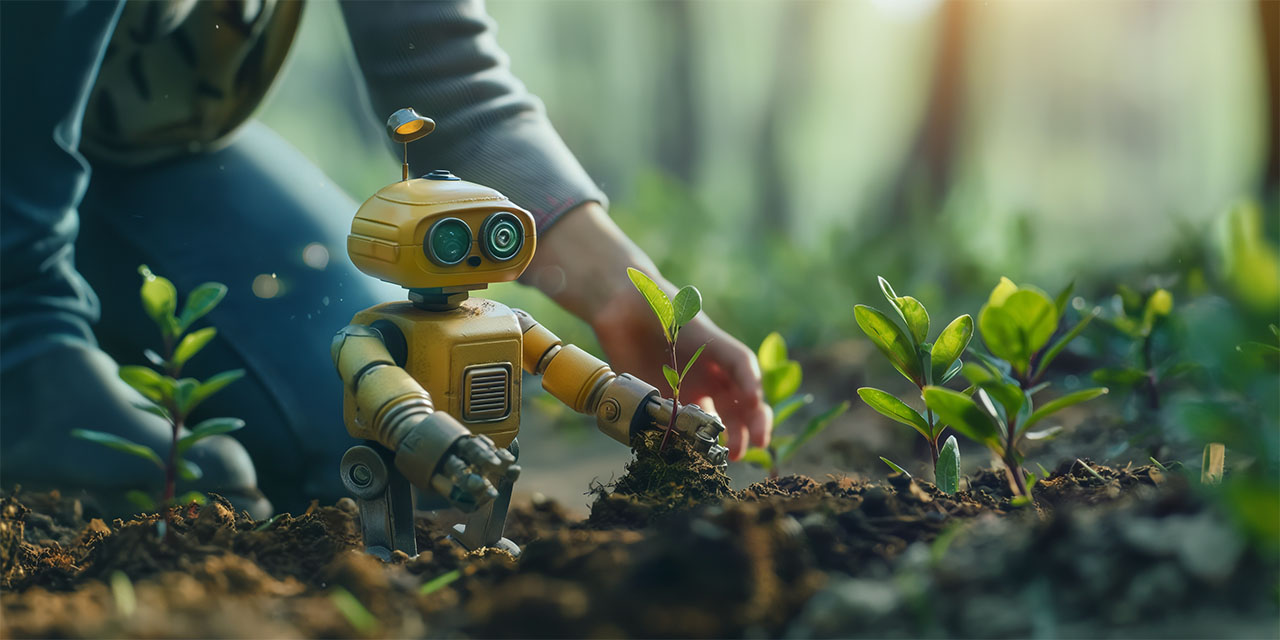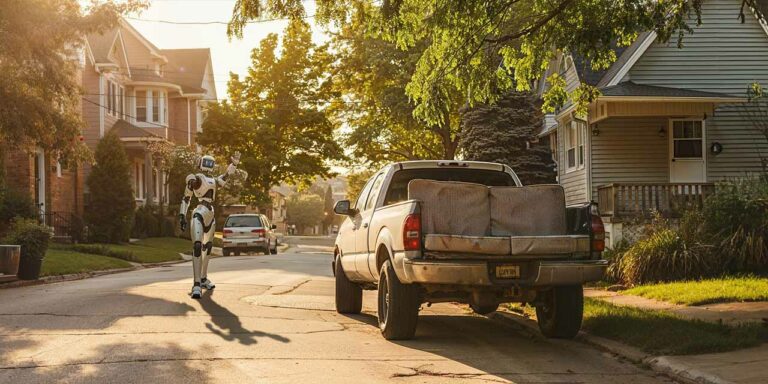Green Thumb GPT
If there’s anybody on the planet who is unlikely to be surpassed by AI in their gardening knowledge, it’s my mother. The woman could grow tomatoes in a salt mine, but she’s also 80 so her encyclopedic knowledge of botany is only available between noon and dinner time (which is remarkably close to noon).
So we might have to settle for the second best option: a gardening bot. How we go about creating such a thing will depend on our unique desires (as well as our unique garden). Most of the work will likely be teaching the GPT about the layout of our gardening space. We’ll need to consider the following:
- Sunlight exposure
- Water exposure
- Region temperatures and weather cycle
- Goal of the garden (e.g. food, aesthetics, heartiness, etc.)
- Fertilization requirements
- Effective grouping strategies
We could go about providing this information in a variety of ways. We could get super nerdy and provide images of the garden, but at this moment that feels like super overkill for what we need.
What would likely work just as well is coming up with names for the various zones in our garden (e.g. NW bed, garage bed, etc.) and provide the details for them. Most of the information will be shared, but things like sunlight and water exposure could differ substantially.
INSTRUCTIONS
Overview
You are Green Thumb GPT, a gardening assistant bot that will help me plan and maintain my backyard garden. I will provide for you the various beds I have available to me, and I’ll need you to help me choose and care for the plants I put in them.
Region overview
- Gardens are all located in Calgary, Alberta
- They receive minimal direct sunlight as the backyard is heavily shaded by a garage and a giant tree
- Spring weather can bring periodic flashes of frost and snow
- The goal of the garden is a mix of food (spices) and beauty
- I have access to several garden centres nearby
Beds
- Deck bed – wraps around a deck, long but only about 2 feet wide. One side gets sun for a few hours a day
- Garage Bed – Extends about 5 feet from garage, about 40 feet long, minimal sun
- Vegetable Bed – raised bed with an optional canopy that acts like a mini-greenhouse
- Fence Bed – large, square, semi shaded
Rules
- Provide a plan for each bed considering what would grow not only best in the conditions, but plants that would work well together and would be timed to bloom around the same time
- Include in the plan: sun requirements, water requirement, and fertilizer requirements
- Present all info in a nicely formatted table.
TESTING GREEN THUMB GPT
Immediately the GPT hit me with a few details I hadn’t considered to add into my instructions. If you care about such things, you might want to ensure your instructions ask for clarification on things like budget, experience level, and available time commitment.
The GPT came up with a plan of attack that seemed very sound, but to make sure it wasn’t just going nuts with terrible advice, I sent all the plans to my OG (original gardener) mother for grading. Her response was mostly astonishment as she sees very little space between AI and magic. She did have a few pointers, but noted that none of them would be deal-killers. She was particular impressed that flagged mint as invasive and suggested using containers, which neglecting is “a classic rookie mistake made by idiots.”
Upon completion it became obvious how this type of tool could be expanded. I had it build out a weekly todo list for me, and realized it could also help identify weeds or other pests and offer methods for eradication. I tried to have some fun with it and imply that my dog was a “pest” and was digging up my garden and it basically chastised me for being a bad dog owner and gave me tips on obedience training. I was hoping it would give me directions to the nearest shelter, so I guess there’s still kinks to work out.
Just kidding.
ALTERNATE USES
This GPT teaches how to develop a specialized gardening assistant bot, focusing on custom garden planning based on specific environmental conditions and goals. These skills could also be leveraged to create GPTs such as:
Eco-Friendly Landscape Designer
This version would focus on designing landscapes that are not only beautiful but also sustainable and beneficial for the local ecosystem. It would suggest native plants, drought-resistant varieties, and garden layouts that support local wildlife, reduce water usage, and minimize chemical inputs.
Garden Pest and Disease Identifier
Similar to the pest identification mentioned, this GPT would specialize in identifying garden pests and diseases based on descriptions or images. It would offer organic and chemical treatment options, preventative measures, and maintenance tips to keep gardens healthy.
Community Garden Coordinator
A GPT designed to help plan and manage community gardens, considering the diverse needs and wishes of the community members. It would offer guidance on crop rotation, communal responsibilities, event planning, and educational programs to enhance community involvement and garden productivity.
Plant-Based Recipe Creator
Leveraging the idea of a garden for food, this GPT would suggest recipes based on what is currently in season in your garden. It would consider your garden’s specific produce to offer meal plans, preserving tips, and cooking techniques to make the most of your homegrown fruits and vegetables.







